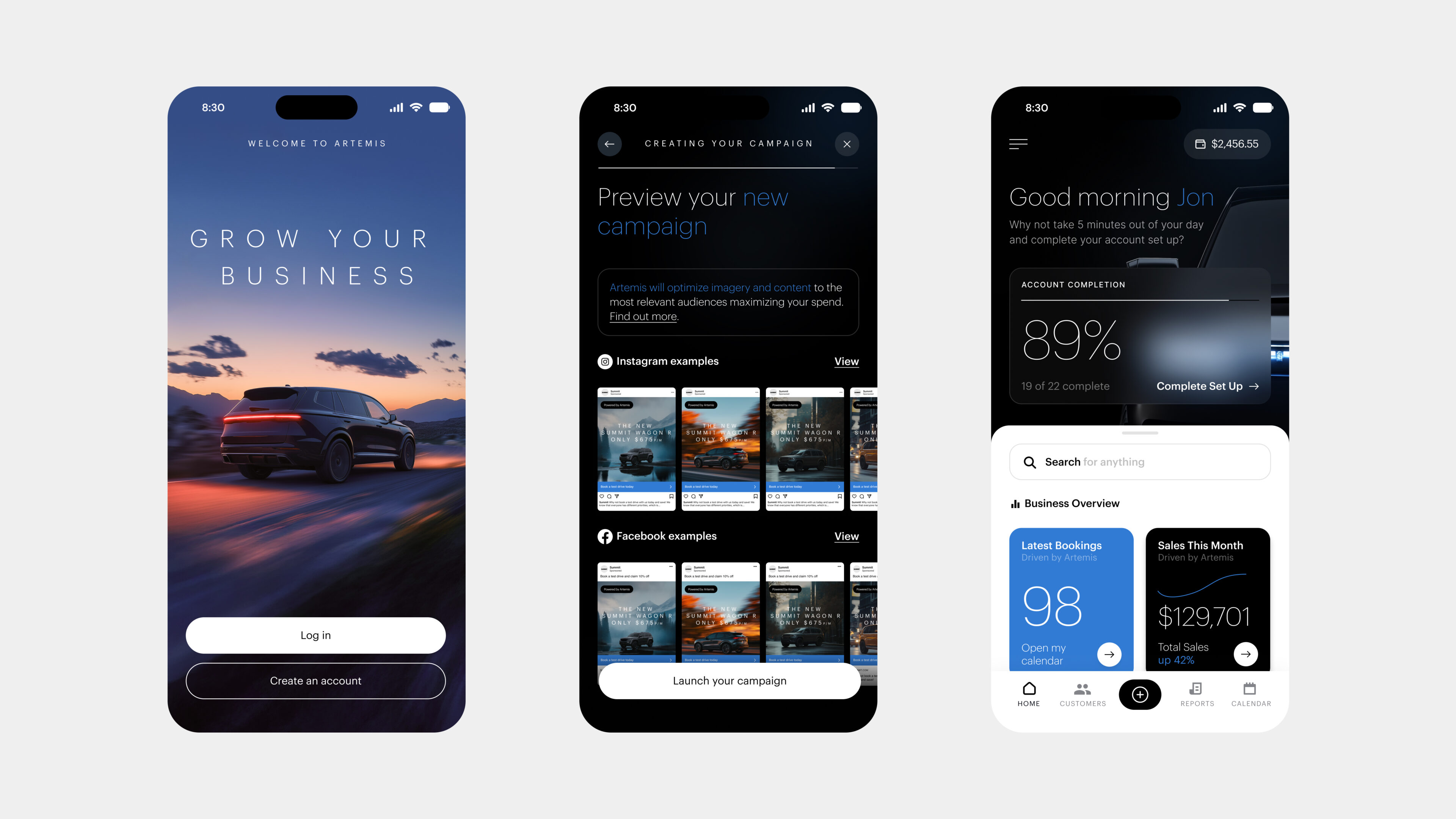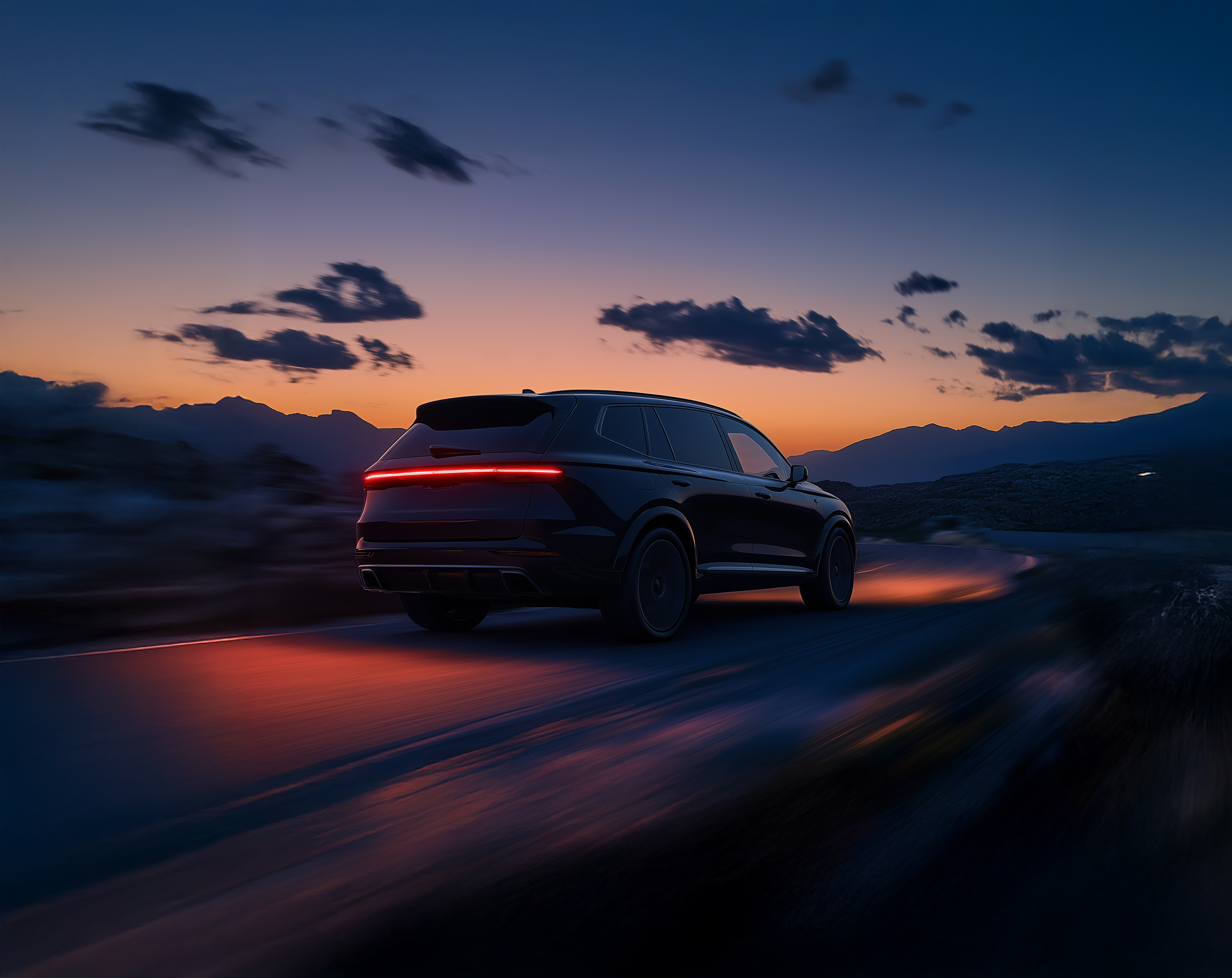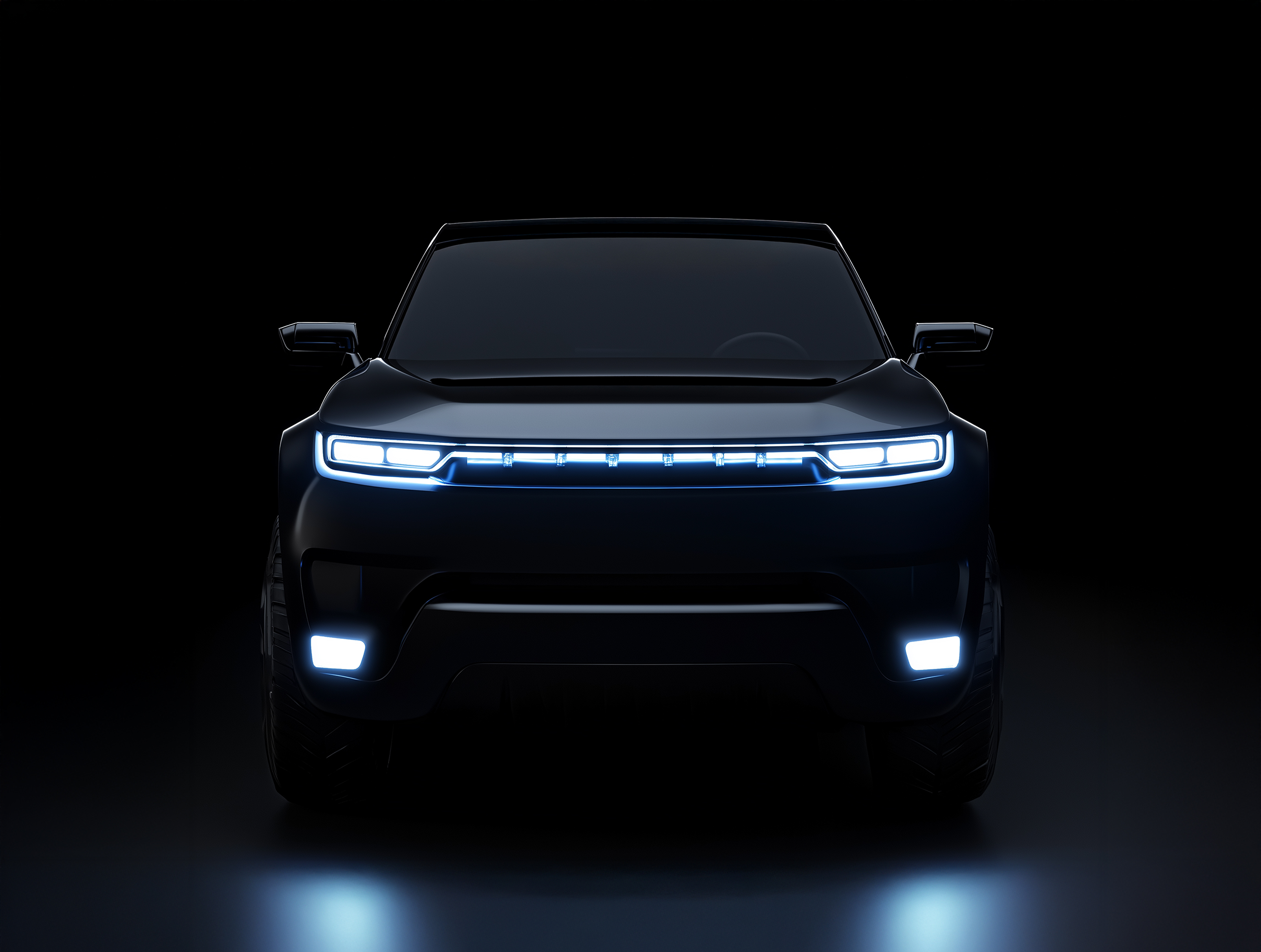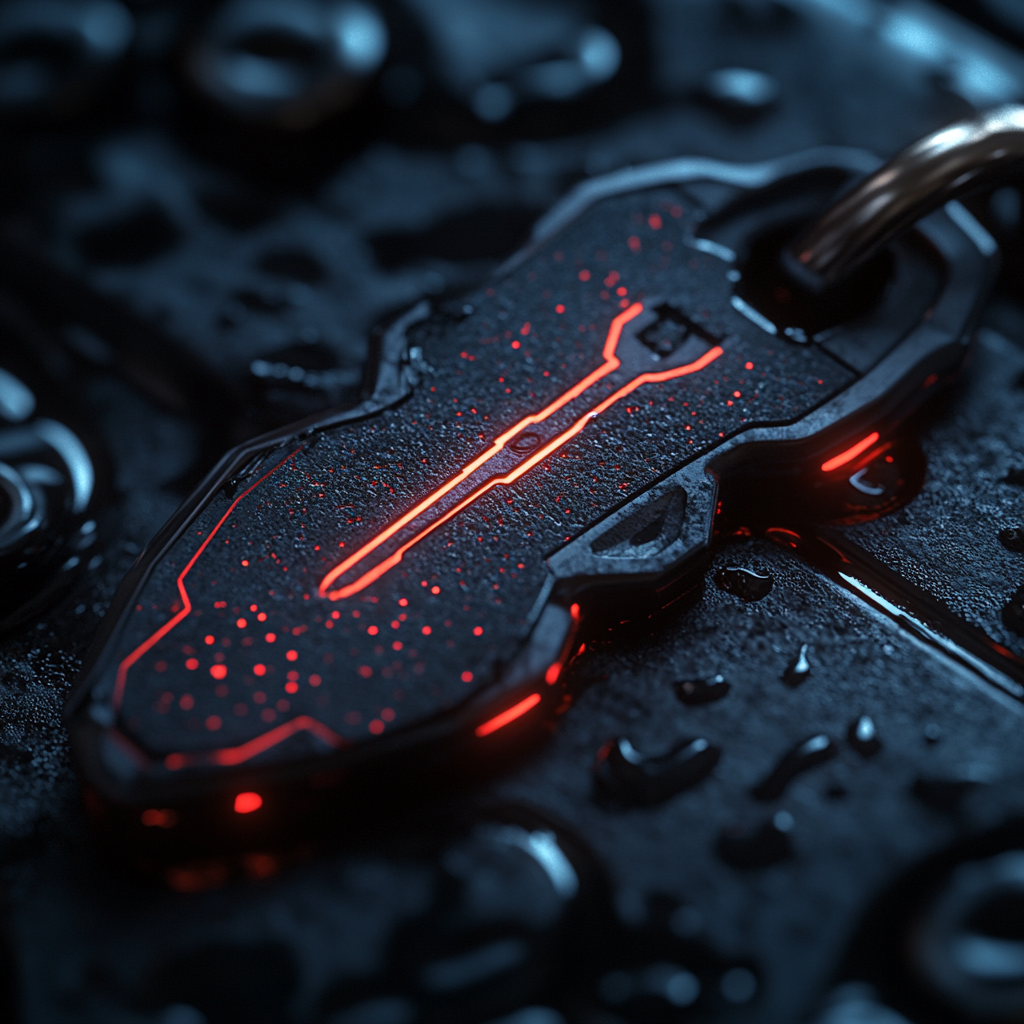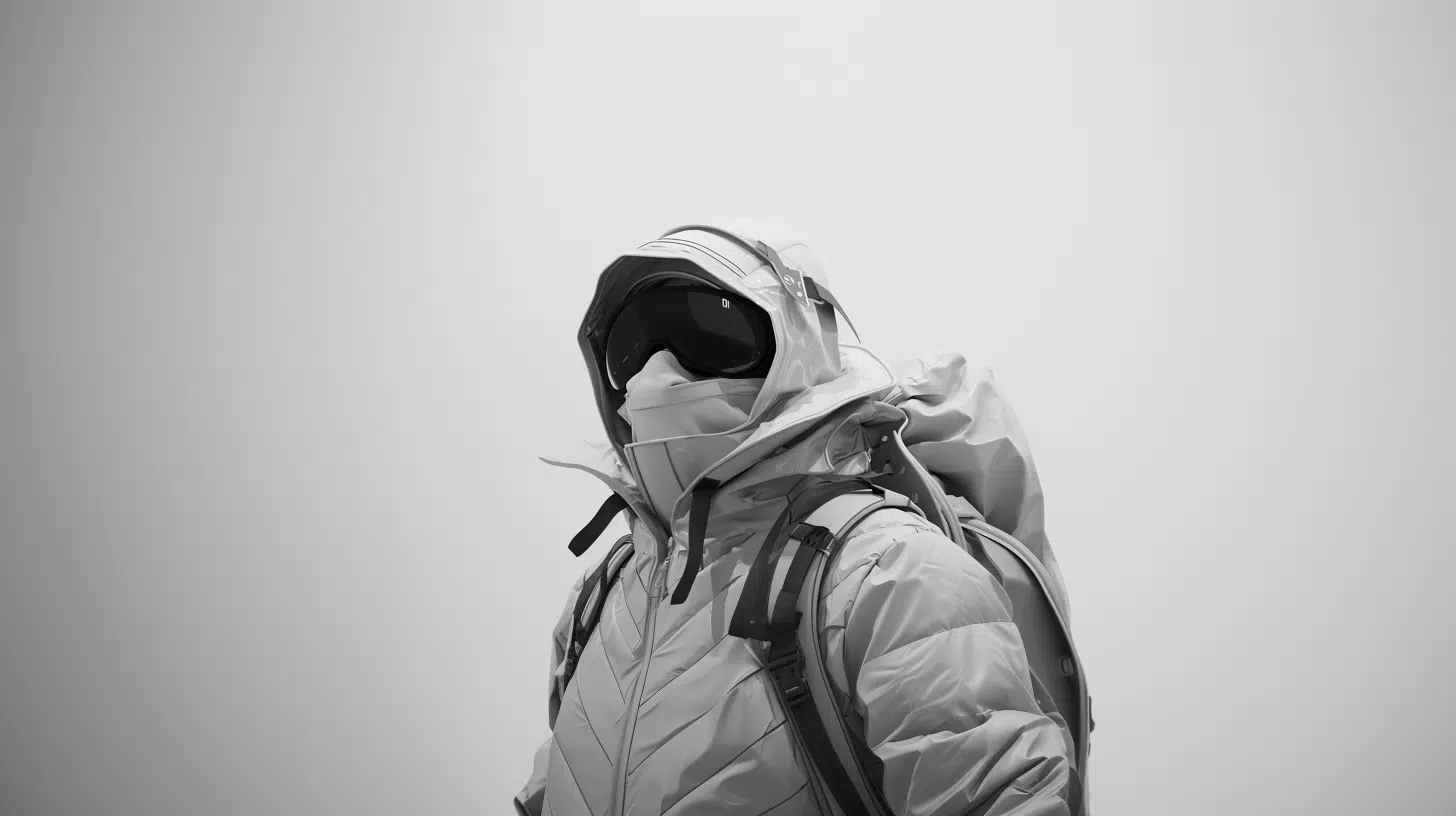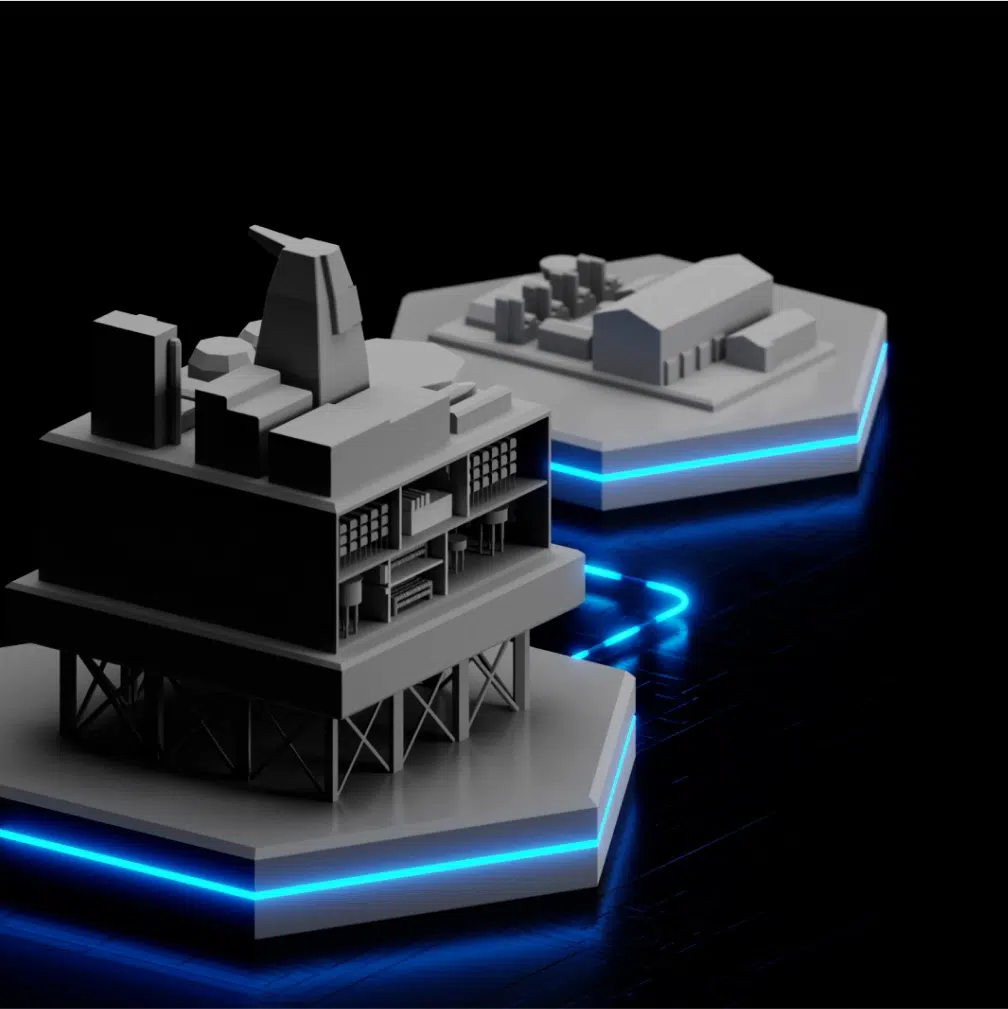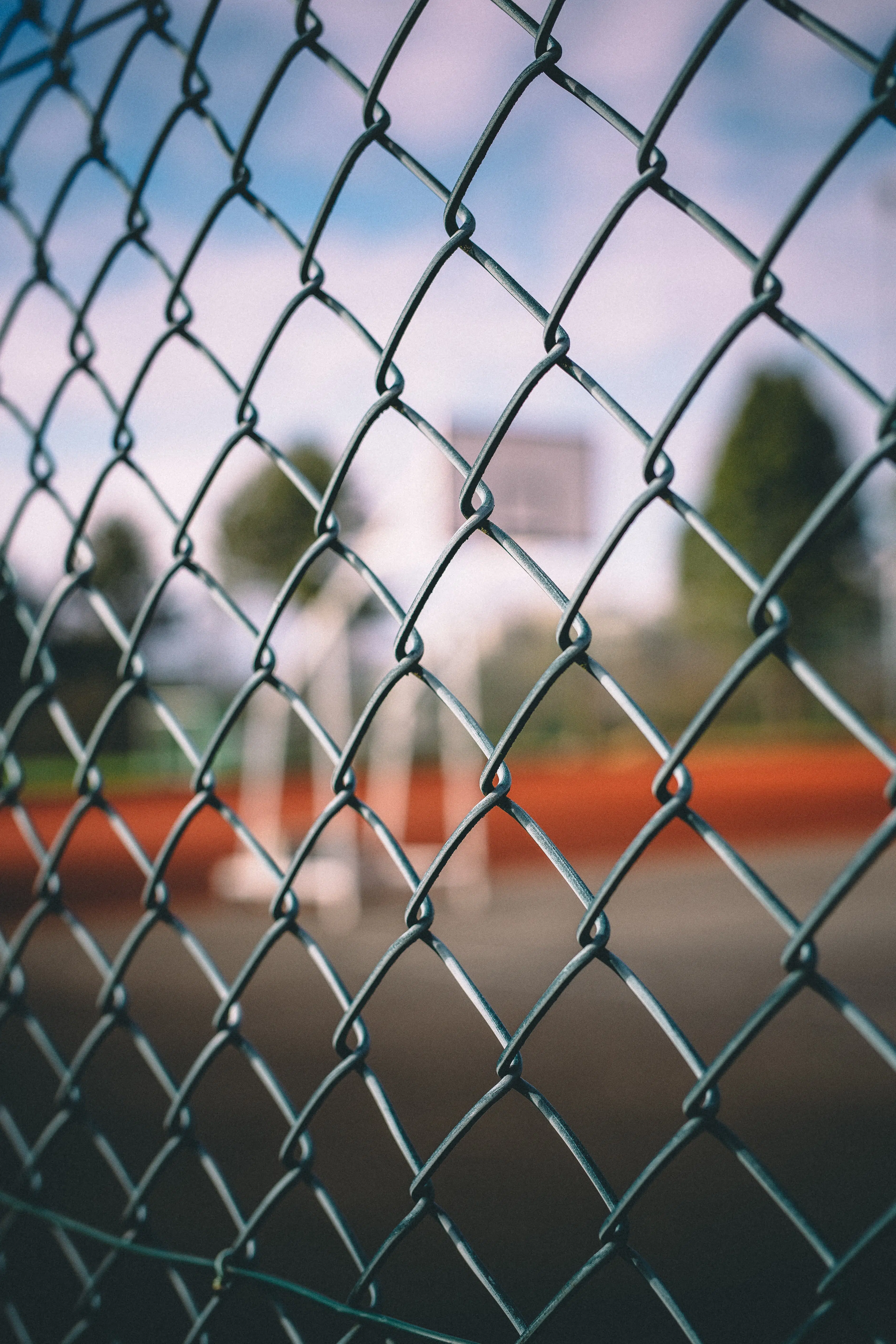Enhancing a Prototype with an AI Generated Concept Car Brand
Recently we were briefed to design a marketing automation tool for the notoriously wasteful world of auto dealerships. Our team faced a significant challenge: we needed high-quality vehicle images to showcase the tool’s features, but using real brand-specific photography was not an option due to various restrictions.
The solution? Create a new car brand and a range of vehicles that are realistic enough to be believable, but not specific enough to be recognised as an existing brand.
By leveraging Midjourney, an AI image-generation tool, I embarked on a process to construct a fully realistic generic automobile brand called Summit. The goal was to generate a fleet of visually consistent vehicles that looked authentic, modern, and realistic while maintaining a distinct brand style across all images. Achieving this required numerous iterations, precise prompts, and post-processing in Photoshop to refine the results.
Beyond the creative control and customisation this approach allowed, it also saved significant time and money compared to traditional methods. Finding suitable stock photography is often a tedious process with limited results that never maintain visual consistency, while manually designing these vehicles in Photoshop would be incredibly time-consuming. Hiring an illustrator, especially for concept or vision work, would also be costly and likely require extensive revisions.
AI-generated images provided a fast, efficient, and cost-effective alternative.
The Process: Constructing the Summit Vehicle Fleet
Previously, brand design was largely about creating a visual identity – a logo, a tagline, and supporting assets and materials. Now, it’s about designing a cohesive ecosystem that can be deployed efficiently across business units, teams, products, services, print assets and digital interfaces.
1. Defining the Visual Identity
Before generating images, it was crucial to establish a cohesive design language for Summit vehicles. This included:
- Aesthetic Direction: The vehicles needed to look modern and refined with a premium feel.
- Photography Style: Consistency in lighting, angles, and depth of field was key to making the images feel part of the same series.
- Brand Cohesion: The vehicles had to share design DNA—similar light designs, colours, body proportions, and wheel designs—to look like they belonged to the same manufacturer.
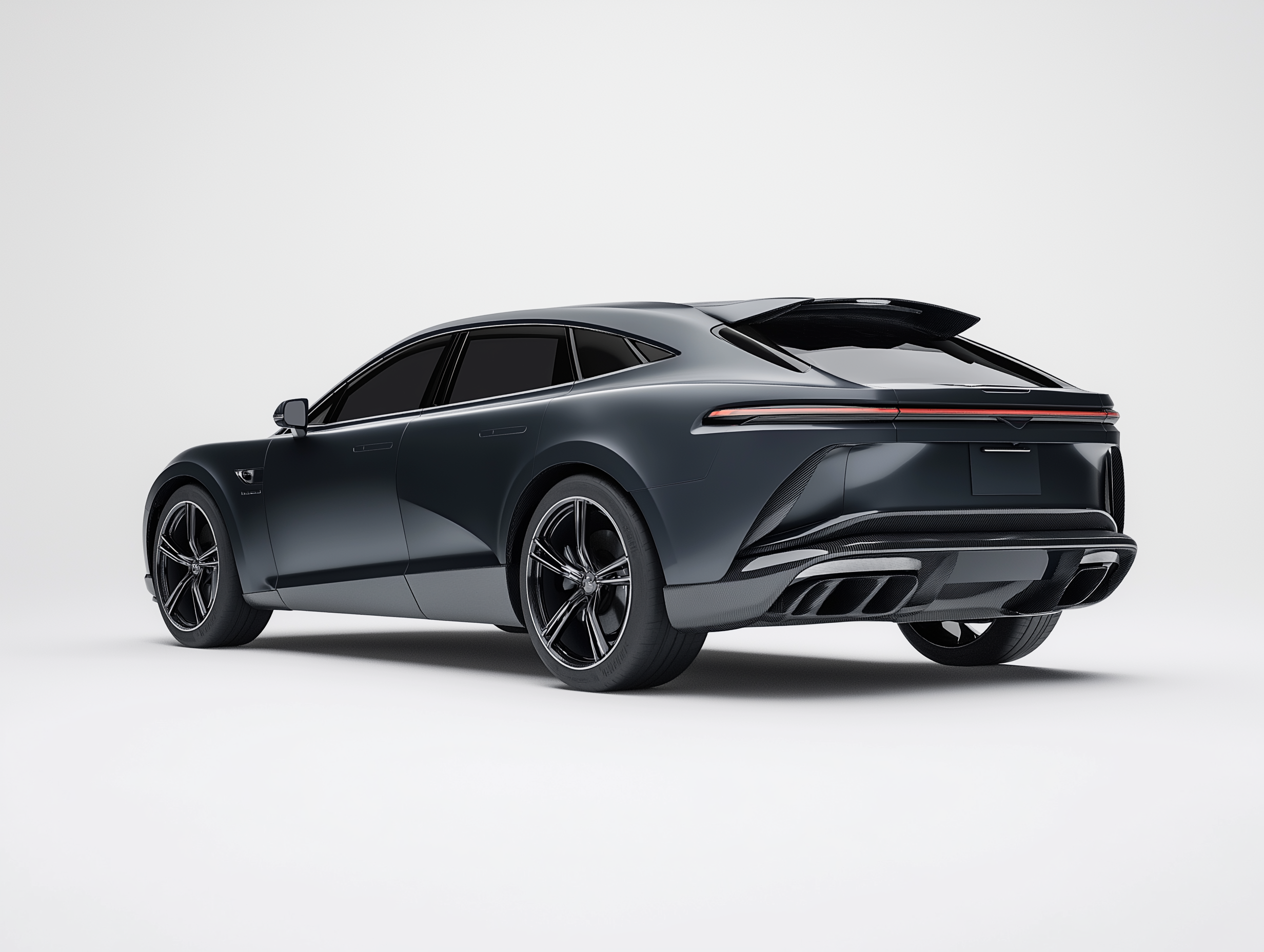
2. Crafting the Midjourney Prompts
Midjourney’s AI interprets natural language prompts to generate images, but achieving specificity is an iterative process. I started with broad descriptions and gradually refined them based on outputs. Using existing photos for reference really helped with the outcomes.
Early Prompts (Generalised SUV Design):
“Photorealistic SUV in motion, off-road capable, modern design, premium headlights, cinematic lighting.”
These initial results were varied—some looked too futuristic, while others resembled existing brands too closely.
To fine-tune the design, I adjusted prompts with:
- Specific colour instructions (e.g. “grey with black accents”).
- Detailed design elements (e.g. “include a rear light bar, less futuristic in appearance”).
- Environment settings to maintain uniformity (e.g. “urban scenario within a city being filmed from the side”).
- Visual references from existing vehicle photos, ensuring Midjourney had a clear starting point for shape and design cohesion.
Refined Prompts (Bringing Brand Cohesion):
“Summit SUV, signature grille, cohesive design language, cinematic side profile, premium wheels, modern lighting, high detail, studio photography, soft reflections.”
This refined approach helped Midjourney generate vehicles that felt cohesive as part of the same lineup. However, some inconsistencies remained, requiring manual adjustments.
And, of course, during this process, there were the occasional AI quirks—without precise prompts, Midjourney had a tendency to go rogue, producing designs that defied physics, leaned too far into the other-worldly, or looked like strong contenders for the next Batmobile.
examples needing a little more fine-tuning
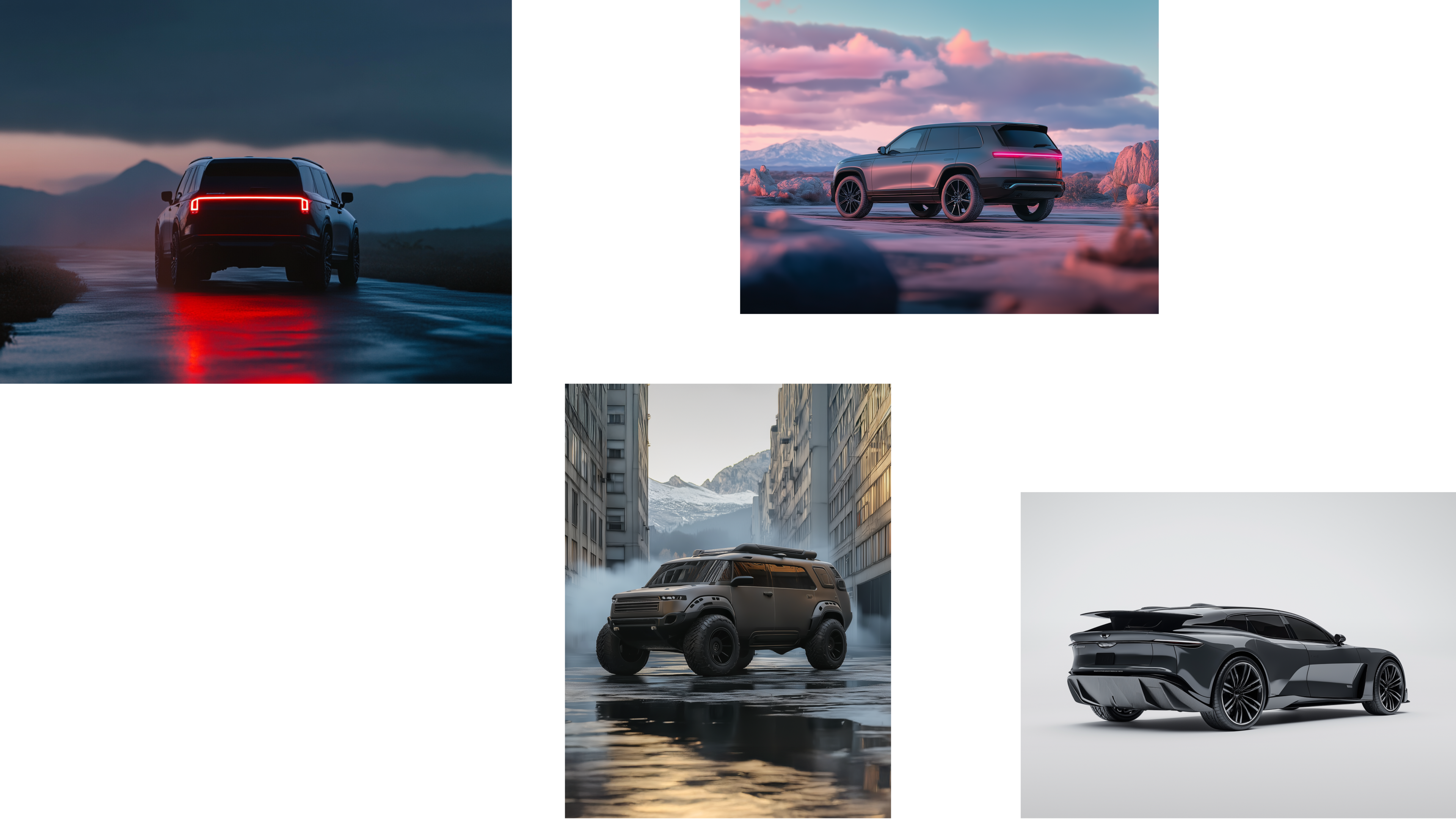
3. Post-Processing in Photoshop
While Midjourney delivered impressive results, some images required extra refinement to ensure complete consistency. Using Photoshop’s new AI-powered Generative Fill I could:
- Edit minor inconsistencies in headlights, grilles, and wheel designs.
- Correct proportions to maintain uniformity across the fleet.
- Adjust and extend backgrounds and reflections to ensure a consistent photographic style.
These final touch-ups helped polish the images, ensuring they met the high standards required for integration into the sales tool.
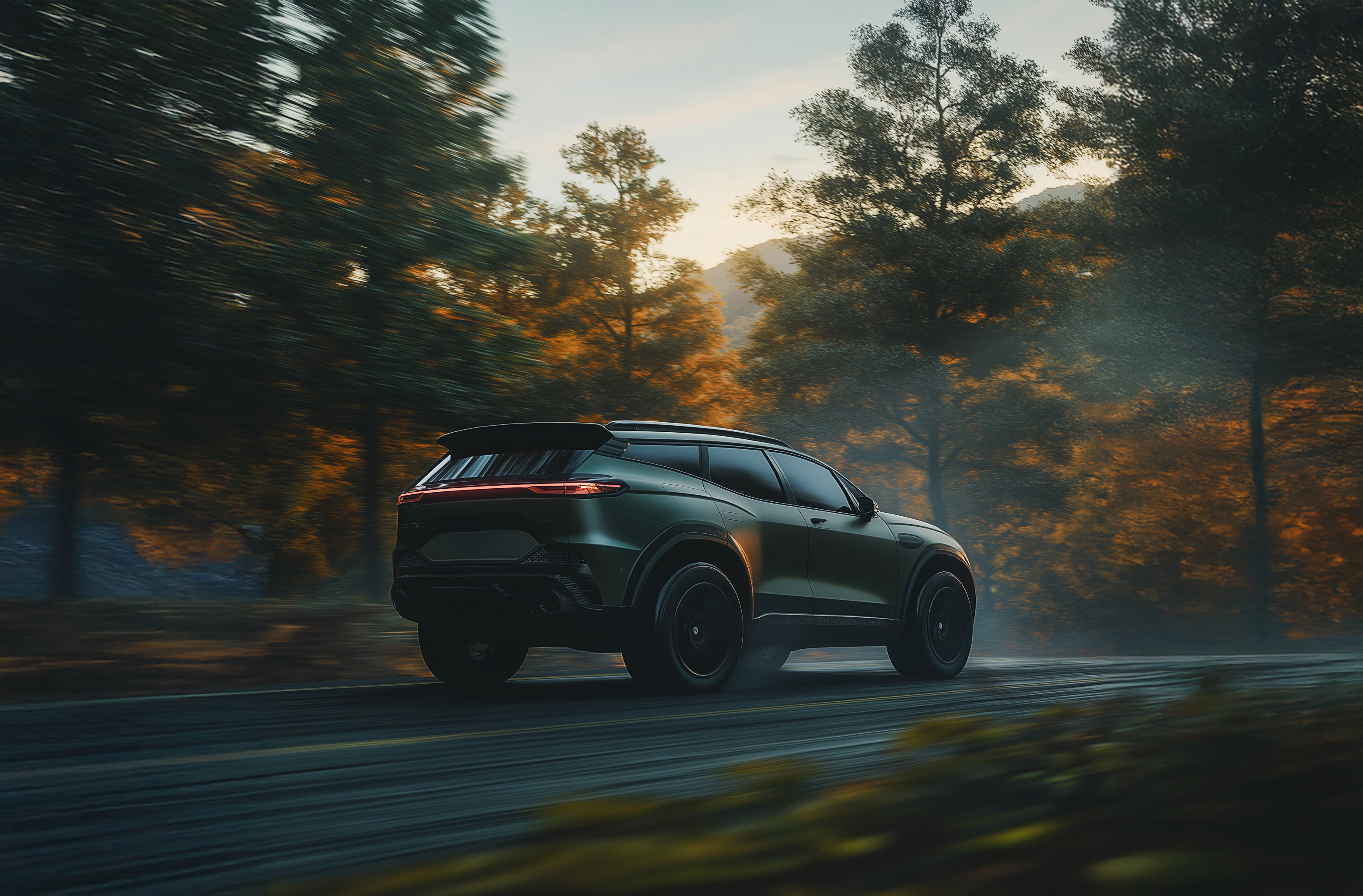
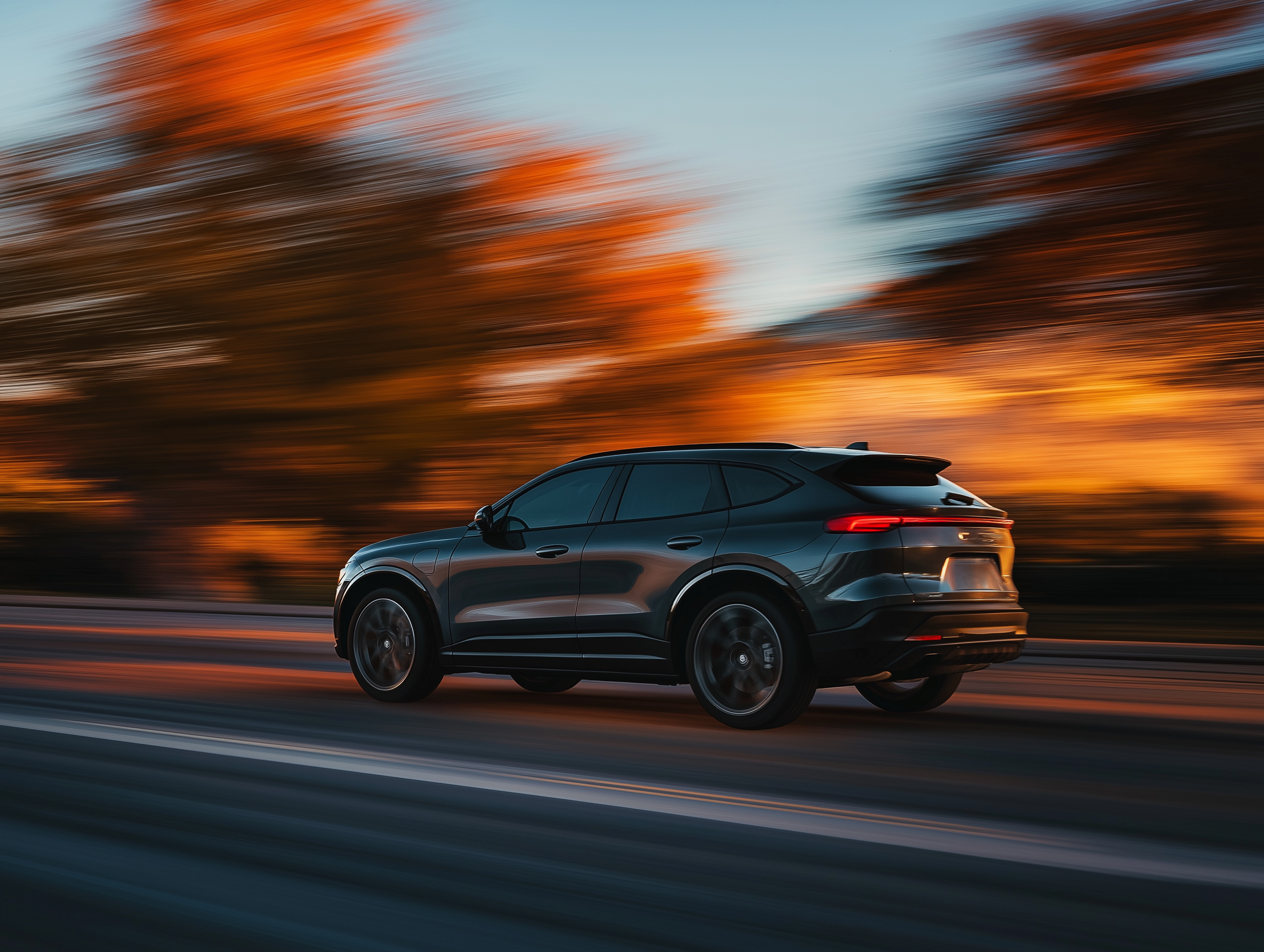
In Summary
By combining AI-driven image generation with thoughtful prompt engineering and post-production refinements, I successfully created a high-quality, non-branded vehicle fleet for the Summit automobile brand. This approach not only solved the brand agnostic challenge we had but also provided complete creative control over the visual identity of the vehicles.
Additionally, the time and cost savings were substantial compared to traditional methods. AI tools like Midjourney streamlined the process, delivering consistent, high-quality visuals in a fraction of the time and at a significantly lower cost – ultimately enabling me to do much more, with less time and resource.
As we continue to explore the opportunities that AI can bring both creatively and in efficiency, the value that tools like Midjourney bring to generating professional-grade imagery emphasises the importance of iteration, consistency, and manual refinements to achieve the best results. As AI continues to evolve, it opens exciting possibilities for custom branding and content creation without traditional production constraints.
